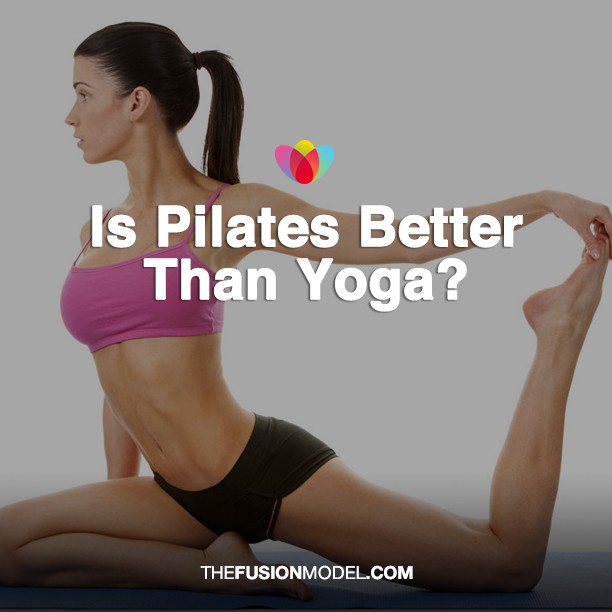The Rumor: Pilates gives you a better workout than yoga (or vice versa)
In mind-body wellness there are two primary camps: People who are devoted to Pilates and people who swear by yoga. Advocates of both say the workouts do basically the same thing (lengthen and strengthen the body). Yet most people are convinced that one is far superior to the other. (Which one, of course, depends on who you ask.) Is there some physiological difference that makes one more effective than the other? Or is it a matter of personal preference?
The Verdict: Yoga and Pilates provide similar results and can be complementary
“People often ask me the difference between Pilates and yoga,” says Pilates and yoga instructor Jennifer DeLuca, owner of BodyTonic Pilates Gymnasium in Brooklyn. However, it’s not all that easy to explain. You might have heard that Pilates is more about toning your core, while yoga is better for relaxation and flexibility. But as DeLuca points out, “You can find a great yoga teacher who can teach you more about your core than a given Pilates instructor, and a wonderful Pilates teacher who imbues a class with mindfulness and stretching more than a given yoga teacher.”
That’s why comparing the two can be a case of apples and oranges. “Pilates and yoga both have the potential to be near perfectly well-rounded forms of fitness if communicated by a thoughtful and experienced teacher,” says DeLuca. To find the right fit for you, test out different classes, studios and styles. Yoga has multiple styles, including hatha and vinyasa. Pilates varies in where it’s practiced — on a mat or machines — as well as the speed at which it’s taught.
There are some characteristics that make Pilates and yoga alike, and others that set them apart. “Pilates and yoga both focus on breath, alignment, balance, strength and flexibility,” says DeLuca. “They both require you to be present and to use your entire body.” Both are also done barefoot and have set moves and poses — a few of which overlap.
But Pilates tends to be more focused on moves practiced on the ground vs. standing poses, and there is an emphasis on training the core in short sets (such as 10 doing reps of each move). In yoga, you’re upright for much of the class, depending on the style. Balance is explored, and so is twisting and pushing your body to its maximum flexibility. Core is also worked in yoga, but classes don’t involve counting or sets.
Rather than picking one workout over the other, DeLuca suggests doing both. “Between the two practices you balance strength and flexibility in a healthy way,” she says. Strengthening your core in Pilates class will give you better balance in yoga; increasing your flexibility in yoga class will enable you to move bigger and deeper in Pilates. Plus, says DeLuca, any form of exercise has a point of diminishing returns: Get too flexible without the strength to support it, and you might get injured; develop a lot of strength without taking the time to stretch, and you’ll also set yourself up for problems. “Where Pilates draws in, yoga opens up,” says DeLuca. “It’s a balance.”




